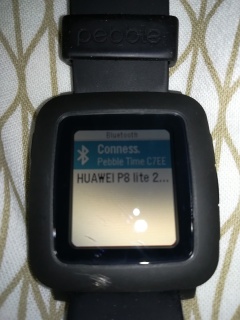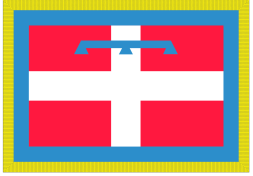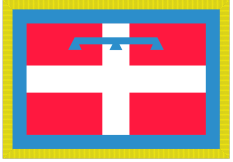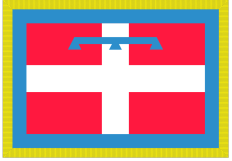Blog di Luigi Alfonso Viazzo aggiornato e completo @
http://luigialfonsoviazzo.altervista.org
Perché dunque gli ideatori/inventori/”brevettatori” del Bluetooth si sono ispirati ad Harald Blåtand (Harold Bluetooth, “dente azzurro” in inglese), re Aroldo I di Danimarca, per dare il nome al loro protocollo di trasmissione dati?
Ma tutto questo non fa ancora luce, in maniera definitiva, sul “dente azzurro” di re Blåtand, nomignolo che nasce, in realtà, dall’unione delle due parole danesi blå (“carnagione scura”) e tan (“grande uomo”). Il mix dà vita alla parola Blåtand, ovvero “dente blu”, perché nel Paese dei vichinghi, biondi e dalla carnagione chiara, un uomo dalla pelle e capelli scuri, come era il re danese, era esotico proprio come un dente di colore blu; secondo un’altra fonte il soprannome derivava dal fatto che il re fosse invece ghiotto di mirtilli e quindi si sporcasse di blu i denti (fine).
English version
So why did the Bluetooth designers / inventors / “patenters” take their inspiration from Harald Blåtand (Harold Bluetooth, “blue tooth” in English), King Aroldo I of Denmark, to name their data transmission protocol?
Because this “pale prence” (not of Shakespearean memory, however) was a skilled diplomat; in fact, in a period of a quarter of a century, it united the Scandinavian peoples (keeping them free from the already pressing interference of the German neighbors) also through their conversion to Christianity.
His name and memory were therefore ideal for baptizing a protocol capable of putting different devices in communication.
The logo of the technology also combines the Nordic runes (Hagall) and (Berkanan), similar to the modern H and B, or precisely the initials of Harald Blåtand.
But all this still does not make light, in a definitive way, on the “blue tooth” of King Blåtand, nickname that is born, in reality, from the union of the two Danish words blå (“dark complexion”) and tan (“big man”) . The mix gives life to the word Blåtand, or “blue tooth”, because in the country of the Vikings, fair and light-skinned, a dark-skinned man with dark hair, like the Danish king, was exotic just like a blue-toothed tooth; according to another source, the nickname derives from the fact that the king was instead fond of blueberries and then dirty his teeth with blue (the end).
Il video sul perché il Bluetooth è legato ai Vichinghi
Traduzione in latinorun per gioco (by Google Translator)
Quare ergo non sunt creatores / auctores “Bluetooth sunt inspirati a Blåtand Haraldus (Harold Bluetooth,”hyacintho dente” Anglice) flu regis Haroldi et Daniæ, Norwegiæ, dare nomen eorum notitia tradenda protocolum?
Quod hic “Princeps pallidus” (etsi memoria non-Shakespeareanus) peritus erat LEGATUS; adhaeret quidem in una parte temporis-saeculo Scandiae nationes (colendi uelut ex tunc proximo urgeret Germanorum) per conversionem ad Christum.
His ita et divinum propositum de baptizarent in nomen et memoria multa protocola potuit ad coniungere cogitationes.
Et logo de combines Consilium technologia etiam antistites eosdem Apollinaris (Hagall) et (berkanan), moderni similes et B., qui ipsum de siglis Haraldus Blåtand.
Sed tamen hoc non facit lumen omnibus constitutae, idque in in “hyacintho dente” Rex Blåtand, cognomen, quod natus quidem est unio duorum verborum bla Danica (“nigrum”) et tan (“vir magnus”). Misce dat ortum est verbum Blåtand, vel “caeruleo dente”, quia est in terra malesuada, candidus esses, album, homo a tergum, et caliginis capillos, sicut fuit Danica rex erat exoticis sicut caeruleum dente; cognomen erat ex alio fonte secundum quod erat in eo, quod rex avarus pro lucidis hyacintho et vaccinia nigra de dentibus illius ruminandum.

Nikola Tesla (in cirillico Никола Тесла) (Smiljan, 10 lûggio 1856…
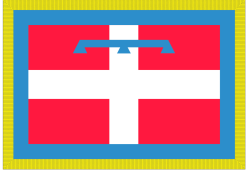
Spunto in Piemontese by Wikipedia
Microsoft a l’é na sossietà ëd programa anformàtich…
Photo by Luigi Viazzo wit Huawei P8 Lite

